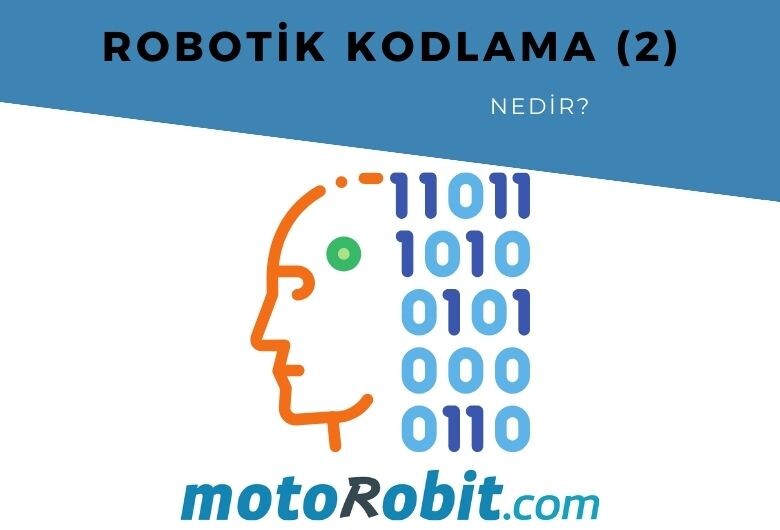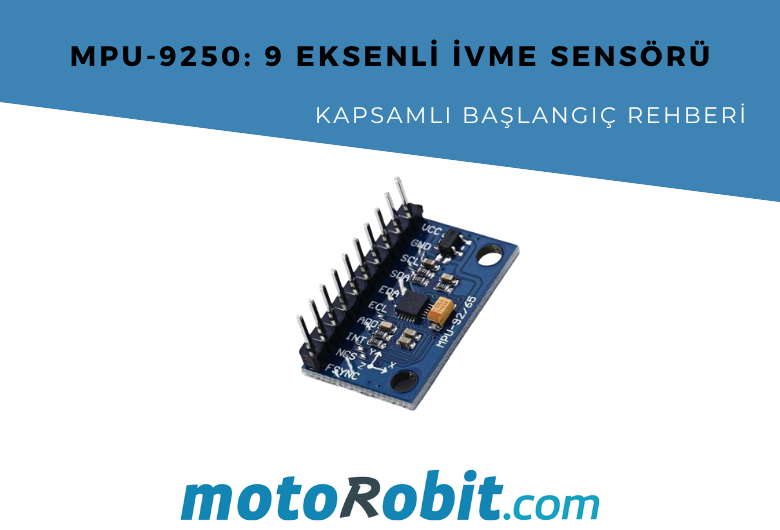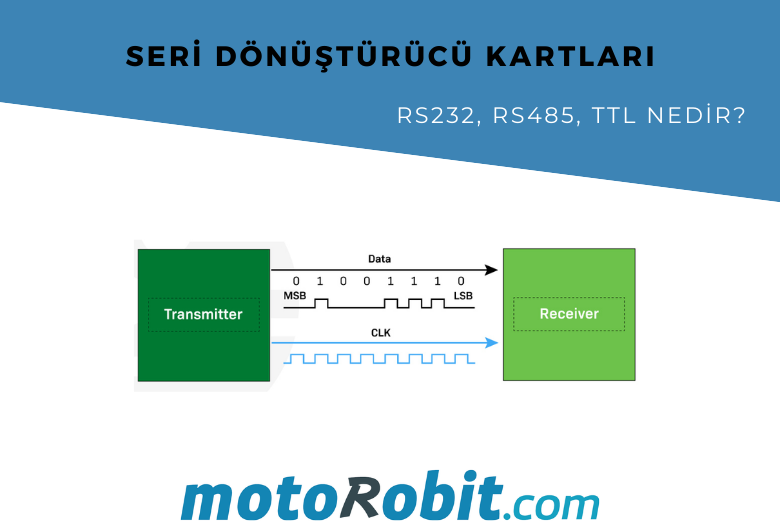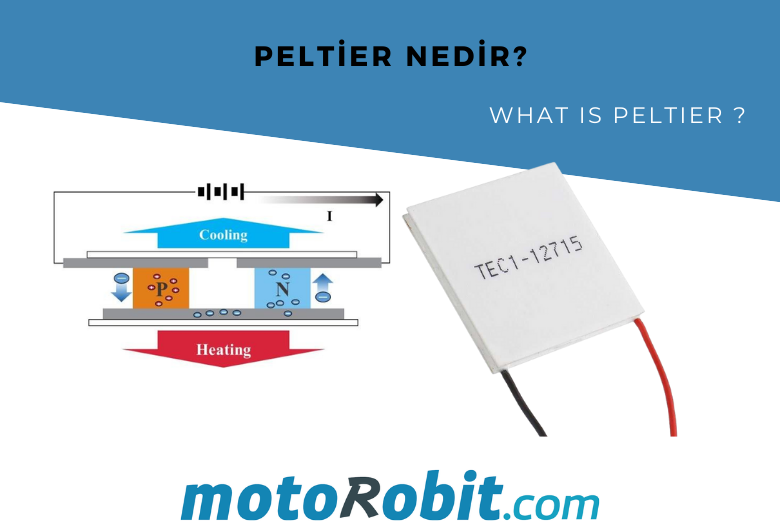What is Robotic Coding?

What Can Be Done?
The process of giving commands to devices through electronic circuits is facilitated by robotic coding.
Coding is with us in every aspect of our lives. When you think about how many electronic products we use on a daily basis, you quickly realize that coding has become an integral part of our lives. We use our microwaves, cars, phones, televisions, and bank cards by utilizing our coding skills.
The Connection Between Robots and Coding
Depending on the type of robot you are working with, you can teach things like visual design, mechanical engineering, patterning, rotations, Cartesian grids, direction, algebra, and more. The robot will provide you with visual and instant feedback on your work. By giving the correct commands, you can make your robot perform the tasks you want.
Robots Can Teach Learning Skills
Classification, problem-solving, requiring both independent and collaborative work. Most employers believe they can teach the necessary technical skills but say that teaching learning skills is harder. When you think about why learning skills are equally important as academic skills in the education system, you can understand why.
Robots Can Teach Academic Skills
Coding also teaches these academic skills. The curriculum requires students to demonstrate their ability to plan goals, identify them, research resources, ask inquiry questions, convey information, and assess their success in all areas. When you add in concepts from science, mathematics, and languages, coding and robot science form concepts that teachers find meaningful in teaching lessons in an extremely interactive and engaging way using robots like Spheros, Cubelets, EV3s, Milos, Dash, and Dot.
Robots Can Support Special Education
Coding is also a great equalizer. We know that all students learn differently. Our students who find school challenging can code for support. Coding allows them to organize their days, store their work, regulate their emotions, support their speech, address reading and writing difficulties, explain social situations, and access all areas of the school. Independently using a wheelchair, controlling their iPads for the next topic, accessing their work on Drive, and sending it electronically to their teachers, playing their playlists, using visual images to convey their needs, having the computer read the story to them, correct spelling and grammar mistakes while making word suggestions, and interacting with students who are confused with a specific social conflict.

Differences Between Li-ion and Li-Po Batteries: Which Battery is Suitable for Which Project?

MPU-9250: 9-Axis Acceleration Sensor - A Comprehensive Beginner's Guide

What is ULN2003 ?

What are Serial Converter Cards (RS232, RS485, TTL)

What is Peltier and What is its Working Principle?

.png)